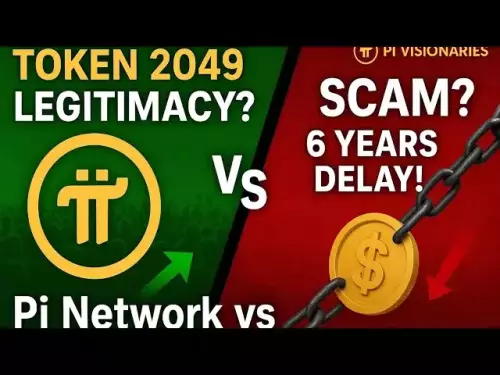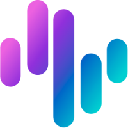-
 bitcoin
bitcoin $114779.865156 USD
2.30% -
 ethereum
ethereum $4226.519789 USD
2.39% -
 tether
tether $1.000545 USD
0.04% -
 xrp
xrp $2.890223 USD
0.92% -
 bnb
bnb $1030.029301 USD
2.95% -
 solana
solana $212.824944 USD
1.69% -
 usd-coin
usd-coin $0.999757 USD
0.01% -
 dogecoin
dogecoin $0.234961 USD
-0.27% -
 tron
tron $0.337174 USD
0.42% -
 cardano
cardano $0.804783 USD
0.09% -
 hyperliquid
hyperliquid $45.748770 USD
-2.85% -
 chainlink
chainlink $21.699170 USD
0.82% -
 ethena-usde
ethena-usde $1.001452 USD
0.08% -
 avalanche
avalanche $30.237800 USD
1.14% -
 stellar
stellar $0.372604 USD
1.52%
How do I calculate margin and liquidation prices for OKX contract trading?
In OKX futures, margin acts as collateral for leveraged positions, with initial margin opening trades and maintenance margin preventing liquidation.
Sep 25, 2025 at 03:20 am
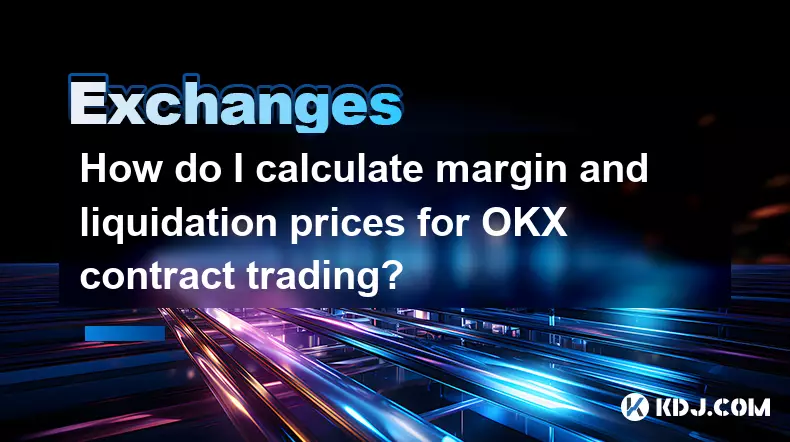
Understanding Margin in OKX Futures Trading
1. Margin in OKX contract trading refers to the collateral required to open and maintain a leveraged position. It consists of two types: initial margin and maintenance margin. Initial margin is the amount needed to open a position, determined by the leverage selected. For example, with 10x leverage, only 10% of the total position value is required as margin.
2. Maintenance margin is the minimum amount that must remain in the wallet to keep the position open. If the equity in the account falls below this level due to adverse price movements, liquidation may occur. OKX specifies maintenance margin rates based on contract type and position size, typically ranging from 0.5% to 1% for most contracts.
3. The formula for calculating initial margin is: Initial Margin = Position Value / Leverage. For instance, if you open a $10,000 BTC/USDT perpetual contract at 20x leverage, your initial margin would be $500.
4. Cross margin mode allows traders to use their entire wallet balance as collateral for all positions, increasing capital efficiency. Isolated margin assigns a specific amount of margin to each position, limiting risk exposure to that allocated sum.
Liquidation Price Mechanics on OKX
1. Liquidation occurs when the market price reaches a level where the remaining equity in a position can no longer cover the maintenance margin requirement. At this point, OKX automatically closes the position to prevent further losses.
2. The liquidation price depends on several factors: entry price, leverage, position direction (long or short), and funding fees. For long positions, the liquidation price is lower than the entry price; for short positions, it is higher.
3. In isolated margin mode, the formula for estimating liquidation price is: Liquidation Price = Entry Price × (1 - Initial Margin Rate + Maintenance Margin Rate) for longs, and Entry Price × (1 + Initial Margin Rate - Maintenance Margin Rate) for shorts.
4. For cross margin positions, liquidation calculations are more complex because they consider the overall account balance and unrealized P&L across all positions. This makes precise manual calculation difficult without access to real-time data from the platform’s risk engine.
Practical Examples of Margin and Liquidation Calculations
1. Suppose you enter a long position on BTC/USDT with an entry price of $30,000, using 25x leverage in isolated mode. Your initial margin rate is 4% (1/25). Assuming a maintenance margin rate of 0.5%, the estimated liquidation price would be: $30,000 × (1 - 0.04 + 0.005) = $30,000 × 0.965 = $28,950.
2. For a short position under the same conditions, the liquidation price would be: $30,000 × (1 + 0.04 - 0.005) = $30,000 × 1.035 = $31,050. This shows how directional bias affects the liquidation threshold.
3. Increasing leverage reduces the distance between entry and liquidation prices. At 100x leverage, even small price fluctuations can trigger liquidation. Traders must carefully assess volatility and choose appropriate leverage levels.
4. OKX provides a built-in liquidation price indicator in its trading interface. This tool dynamically updates based on current market conditions and should be monitored closely during active trades.
Risk Management Strategies in Leveraged Trading
1. Setting stop-loss orders near but not too close to the liquidation price helps protect capital while avoiding premature exits due to market noise. A common practice is placing stop-losses at 70–80% of the distance to liquidation.
2. Using lower leverage increases the buffer between entry and liquidation prices, reducing the likelihood of forced closures during normal market swings. Conservative traders often operate below 10x leverage despite higher available options.
3. Regularly monitoring mark price versus last traded price is essential. OKX uses mark price for liquidation checks to prevent manipulation. Sudden divergences between these prices can accelerate liquidation risks.
4. Adding additional margin manually in isolated mode can push the liquidation price further away from the current market price. This tactic, known as margin injection, enhances position resilience during volatile periods.
Frequently Asked Questions
What is the difference between mark price and last price in liquidation calculations?OKX uses the mark price, derived from underlying index and funding rates, to determine liquidation. This prevents malicious price attacks on the order book. The last traded price reflects actual transactions but is not used for triggering liquidations.
Can I avoid liquidation by adding more funds during a losing trade?Yes, in isolated margin mode, depositing additional margin into the position increases the available collateral. This lowers the effective leverage and moves the liquidation price further from the current market level.
Does funding rate affect my liquidation price?Funding payments do not directly alter the liquidation price formula. However, regular deductions or additions from funding impact account equity over time, which indirectly influences proximity to liquidation thresholds.
Why did my position get liquidated even though the price briefly touched the level?Liquidation is triggered when the mark price sustains beyond the liquidation threshold. Even momentary breaches result in immediate execution. Once initiated, the process cannot be reversed even if price recovers instantly.
Disclaimer:info@kdj.com
The information provided is not trading advice. kdj.com does not assume any responsibility for any investments made based on the information provided in this article. Cryptocurrencies are highly volatile and it is highly recommended that you invest with caution after thorough research!
If you believe that the content used on this website infringes your copyright, please contact us immediately (info@kdj.com) and we will delete it promptly.
- AI Training's Energy Crisis: Can Decentralization with Greg Osuri Offer a Solution?
- 2025-09-30 20:45:14
- Prenetics, Danny Yeung, and Token 2049: A Bold Bitcoin Strategy
- 2025-09-30 20:45:14
- ChatGPT, Bitcoin, and $HYPER: Riding the Crypto Wave
- 2025-09-30 16:25:14
- Mutuum Finance (MUTM): Riding the DeFi Wave with Crypto Price Prediction
- 2025-09-30 16:25:14
- XRP ETF Approval Odds Soar: Analyst Predicts $33 Price Surge!
- 2025-09-30 16:30:01
- Keel, Solana, and Sky Stablecoin: Fueling the Future of DeFi
- 2025-09-30 16:45:13
Related knowledge

How to find the contract address for a token on KuCoin?
Sep 30,2025 at 09:00pm
Finding the Contract Address on KuCoin1. Log into your KuCoin account through the official website or mobile application. Navigate to the 'Markets' se...
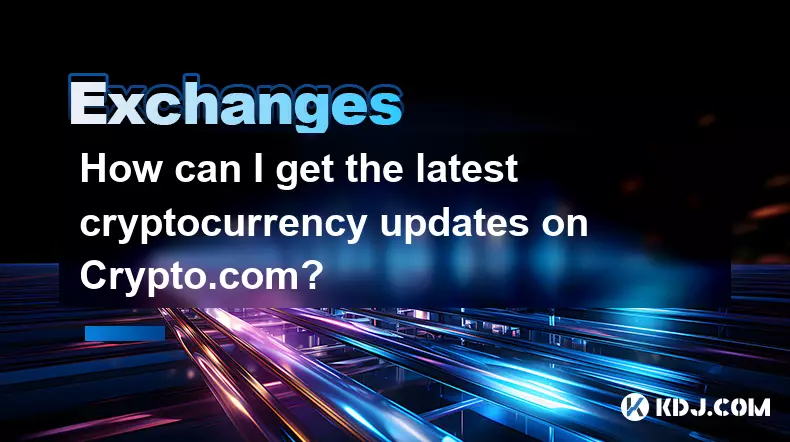
How can I get the latest cryptocurrency updates on Crypto.com?
Sep 26,2025 at 07:54am
Accessing Real-Time Crypto Market Data on Crypto.com1. Navigate to the Crypto.com website or open the mobile application to access live price charts a...
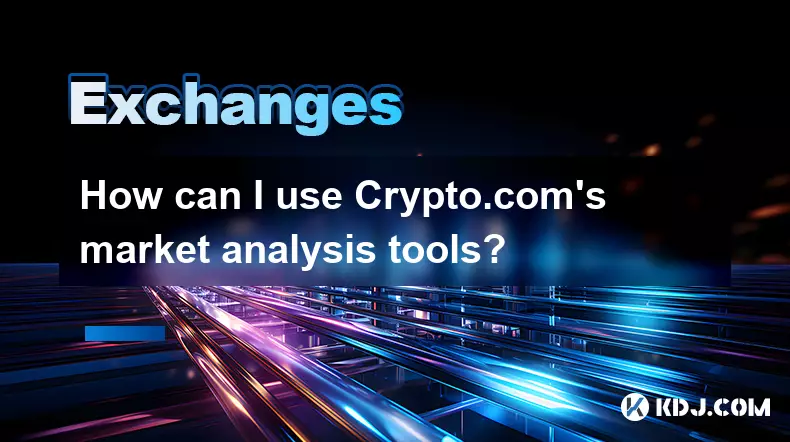
How can I use Crypto.com's market analysis tools?
Sep 23,2025 at 01:54am
Understanding Crypto.com’s Market Analysis Dashboard1. Accessing the market analysis tools begins with logging into your Crypto.com account through th...
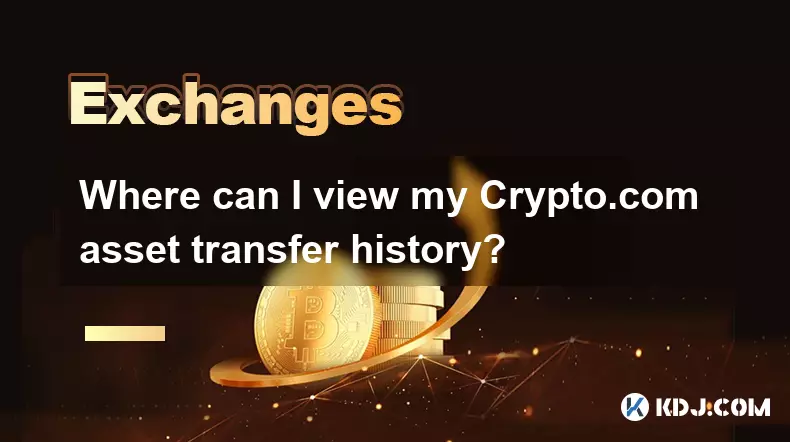
Where can I view my Crypto.com asset transfer history?
Sep 27,2025 at 08:54pm
Accessing Your Crypto.com Asset Transfer History1. Log in to your Crypto.com app or web platform using your registered credentials. Once authenticated...

How can I unlink my Crypto.com payment method?
Sep 23,2025 at 12:54am
Understanding Payment Methods on Crypto.com1. Crypto.com allows users to link various payment methods including credit cards, debit cards, and bank ac...
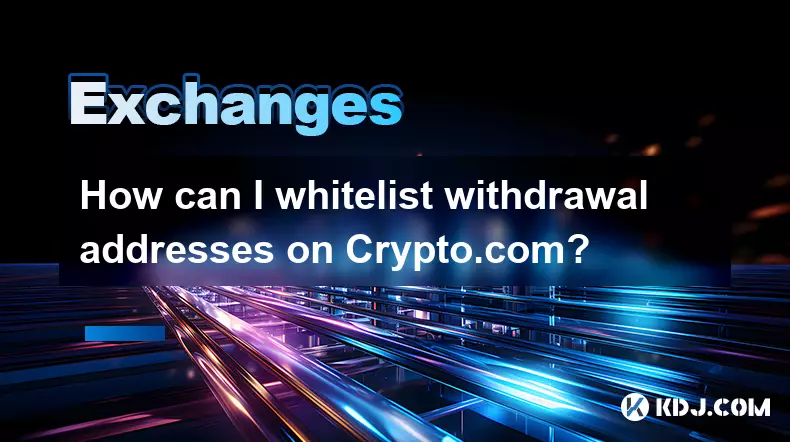
How can I whitelist withdrawal addresses on Crypto.com?
Sep 28,2025 at 03:19pm
Understanding Address Whitelisting on Crypto.comWhitelisting withdrawal addresses on Crypto.com is a security feature designed to protect users from u...

How to find the contract address for a token on KuCoin?
Sep 30,2025 at 09:00pm
Finding the Contract Address on KuCoin1. Log into your KuCoin account through the official website or mobile application. Navigate to the 'Markets' se...

How can I get the latest cryptocurrency updates on Crypto.com?
Sep 26,2025 at 07:54am
Accessing Real-Time Crypto Market Data on Crypto.com1. Navigate to the Crypto.com website or open the mobile application to access live price charts a...

How can I use Crypto.com's market analysis tools?
Sep 23,2025 at 01:54am
Understanding Crypto.com’s Market Analysis Dashboard1. Accessing the market analysis tools begins with logging into your Crypto.com account through th...

Where can I view my Crypto.com asset transfer history?
Sep 27,2025 at 08:54pm
Accessing Your Crypto.com Asset Transfer History1. Log in to your Crypto.com app or web platform using your registered credentials. Once authenticated...

How can I unlink my Crypto.com payment method?
Sep 23,2025 at 12:54am
Understanding Payment Methods on Crypto.com1. Crypto.com allows users to link various payment methods including credit cards, debit cards, and bank ac...

How can I whitelist withdrawal addresses on Crypto.com?
Sep 28,2025 at 03:19pm
Understanding Address Whitelisting on Crypto.comWhitelisting withdrawal addresses on Crypto.com is a security feature designed to protect users from u...
See all articles





















